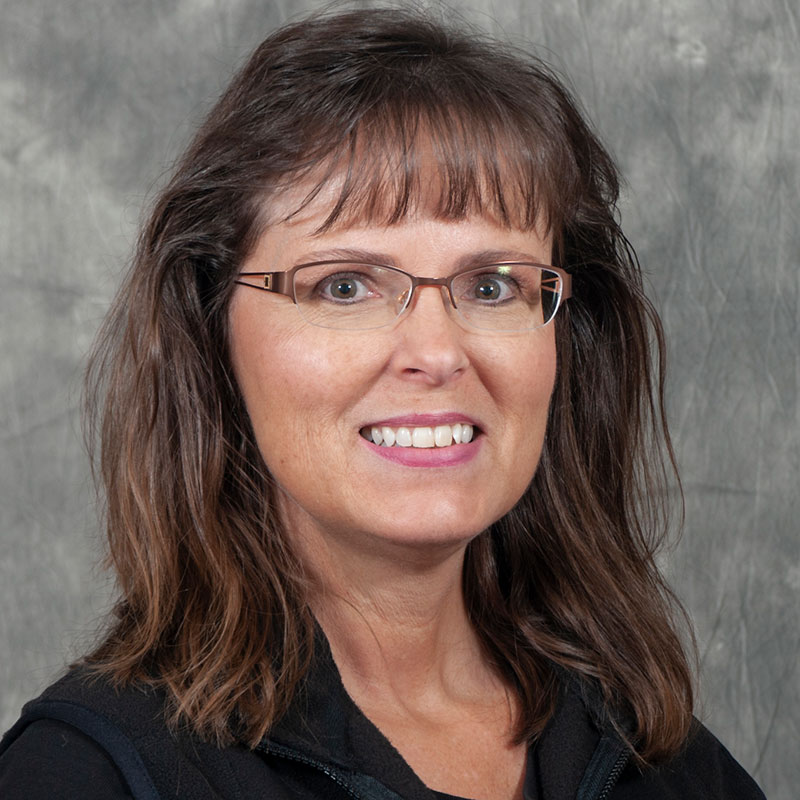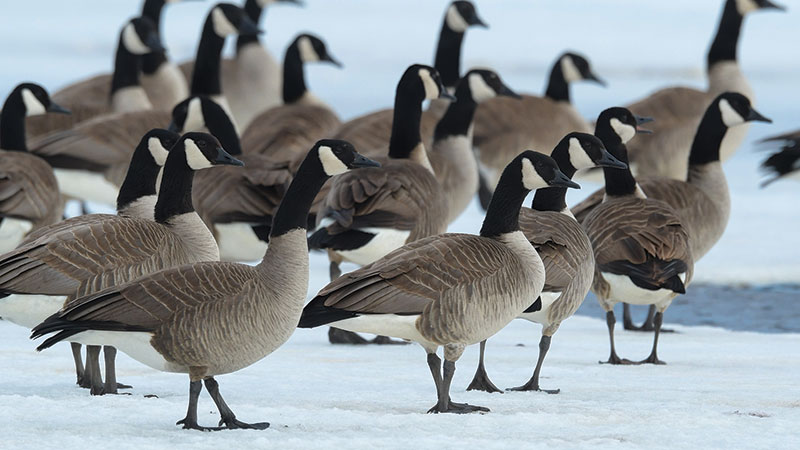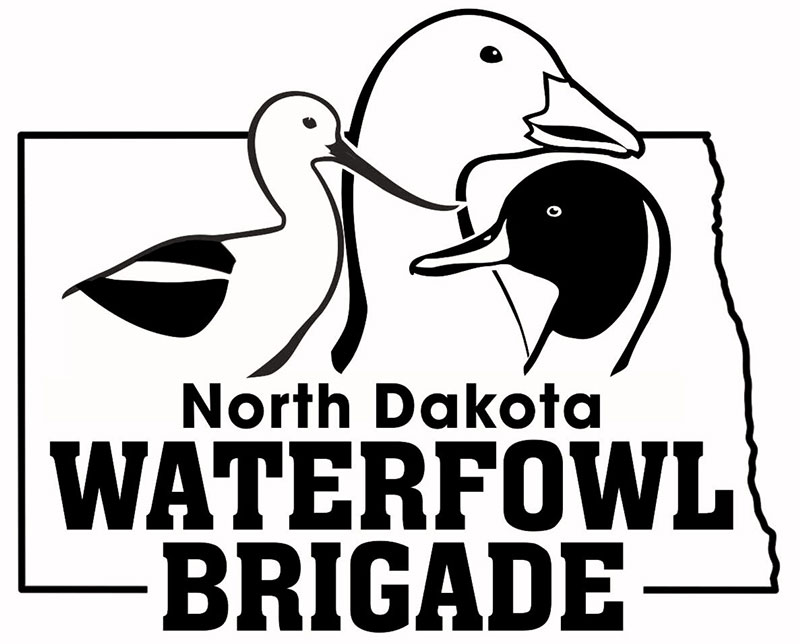
Buffaloberry Patch
Waterfowl Survey Numbers Not a Surprise
Hunter Education Classes
If you were born after 1961, are 12 years or older, you must take a home study or traditional classroom certified hunter education course before you can get a firearm or bowhunting license in North Dakota.
The home study, or hybrid course, requires 7-10 hours of online and six hours of in-person classroom time. The six hours of classroom time consists of an in-person session prior to starting the online class and at the end of the class to complete testing.
Traditional classroom courses require at least 14 hours of in-person class time, and most classes are held from January through May.
Individuals interested in taking a hunter education class in 2025 can find a class online. To register for a class, click on “enroll” next to the specific class, and follow the simple instructions. Personal information is required. Classes are listed by city and can also be sorted by start date. Classes will be added throughout the year as they become finalized.
Individuals interested in receiving a notice by email or SMS text message when each hunter education class is added, can subscribe to news and alerts. Check the box labeled “hunter education” under the education program updates.
Participants must turn 12 during the calendar year to take the home study course, and age 11 during the calendar year to take the traditional class.
Contest Entry Deadline Nears
The North Dakota Game and Fish Department’s annual Earth Day Patch Contest is an effort to heighten awareness about the environment.
Students who participate will develop a patch design using five colors incorporating an aspect of Earth Day such as environmental awareness, respect Earth, water quality, wildlife, or habitat conservation in North Dakota.
The contest is open to students in grades K-12. Winners are chosen from four grade categories (K-3, 4-6, 7-9 and 10-12). Each winner will receive an outdoor kit, which includes a pair of binoculars and field guides. The grand prize patch design winner is chosen from one of the four winning age categories.
In addition, the grand prize winner will have their design displayed on the recognition patch, be featured in North Dakota OUTDOORS and on the Game and Fish website.
Contest entry deadline is March 1.
Staff Notes
Game and Fish Fills Leadership Positions
 Bruce Kreft
Bruce Kreft
 Brian Hosek
Brian Hosek
 Greg Link
Greg Link
 Kim Kary
Kim Kary
Bruce Kreft and Brian Hosek have filled division chief positions for the North Dakota Game and Fish Department.
Kreft, conservation section leader since 2023, was promoted to conservation and communications chief when Greg Link retired after 45 years with the agency.
A Towner native with a zoology degree from North Dakota State University, Kreft started his career with Game and Fish as a fisheries technician from 1989-90; assistant Missouri River biologist from 1990-92; central district fisheries biologist from 1992-2000; and conservation biologist from 2000-2023.
Link started his career with Game and Fish as a seasonal employee in 1980.
In 2011, he assumed leadership of the conservation and communications division.
The conservation and communications division informs, educates and promotes fish and wildlife related opportunities; manages nongame species and species of conservation priority; and consults with developers to avoid, minimize and offset impacts to fish and wildlife resources.
Hosek, longtime business operations manager, was named chief of administrative services when Kim Kary announced her retirement after 20 years with the agency.
A graduate of Emporia State University with a degree in earth and data sciences, Hosek started his Game and Fish career in 2001 as the Department’s GIS coordinator, and his role evolved into business operations manager during his tenure.
Kary began her career with the Department as the business manager in 2005, and in 2010 moved into the administrative services division chief position.
The administrative services division provides policy, planning and support services and is responsible for all game and fish licensing.




